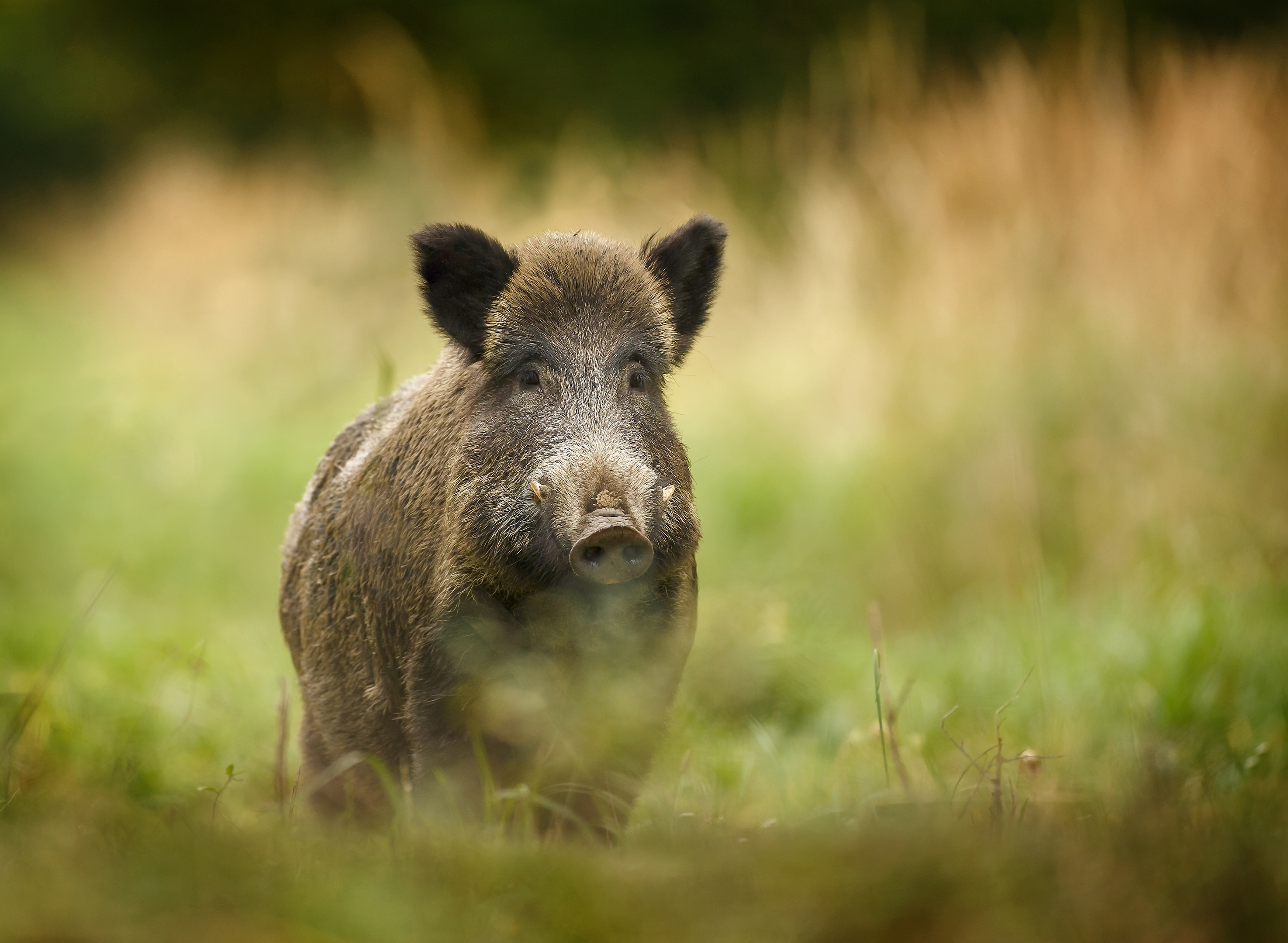
DEADLY superbugs could be spread to humans by wild boar roaming Scotland’s countryside, scientists have warned.
Feral pigs were hunted to extinction in Scotland – but now there are fresh colonies springing up, encouraged by campaigners who want to see them return.
Already farmers have complained the beasts are killing lambs and destroying crops.
Now a study has found their snouts can harbour the potentially-lethal CC398 strain of MRSA that is resistant to antibiotics.
The authors – including the Moredun Research Institute at Penicuik, near Edinburgh – claim there are “risks to human health” and experts are calling for restrictions on the numbers of boar in our woodlands.
Hugh Pennington, emeritus professor of bacteriology at Aberdeen University, said: “I’m not keen on introducing new animals to Scotland.
“They may be very nice to look at in the countryside, good for the tourist industry and hunting but we have to look at what might happen should they be carrying organisms that we’d rather not have.”
Superbugs kill thousands of Britons each year and even the most harmless can stay in the gut for up to six years and inhibit the effectiveness of antibiotics.
One notorious type, methicillin-resistant staphylococcus aureus (MRSA) has contributed to the deaths of nearly 2400 Scots in the last two decades, mainly through outbreaks in hospitals.
Some strains have evolved to withstand a whole range of antibiotics.
One is CC398, which has emerged among intensively-farmed animals, mainly pigs, but also cattle and chickens.
Humans can catch it from livestock and the bug is known to have killed at least six people in Denmark, where it is prevalent.
It has also been found in British pork on sale in UK supermarkets though cooking meat and thorough hand-washing gets rid of the risk.
But, instead of CC398 being confined to farms, the latest report raises the spectre of it being spread by free-roaming wild boar.
Researchers checked 45 beasts in Portugal for signs of the bacterium Staphylococcus aureus and found MRSA CC398 in one of them, raising fears the bug – which has spread throughout Europe – is now no longer restricted to livestock.
The study, published in the journal Science Of The Total Environment, states: “It is a concern when MRSA is inhabiting the skin and nose of wild animals and is characterised with resistance to various antimicrobial agents in clinical use.
“The convergence between habitats can lead to contact between wild animals and humans and this can increase risks of bacterial transfer and promote risks to human health.
“These animals might contact with farm animals, in contact with humans, and be responsible for the spread of antimicrobial-resistance within bacteria.”
Prof. Pennington added: “The lesson we learned from the spread of MRSA in hospitals was we weren’t watching closely enough.
“We need to keep a very close eye on this to make sure it’s not getting out of control.
“We got on top of MRSA in hospitals through good handwashing and screening patients and there should be a strategy in place for MRSA in wild animals.”
Wild boar were wiped out in Scotland in the 17th Century but flourished again after some escaped from a farm in Lochaber.
More have since been deliberately reintroduced to keep down bracken and there are now populations in Dumfriesshire and Ayrshire.
They also roam the Alladale Estate, Ross-shire, where millionaire owner Paul Lister wants to “re-wild” the land with lynx and wolves.
Wild boar tend to be shy, nocturnal creatures but will often venture into domestic gardens and fields of crops to forage.
A report for the British Association of Nature Conservationists called for a census of feral pigs to gauge how fast they’re spreading.
It said: “Unless there is a radical change in public attitudes and government policy, they will continue to live in the wild.”
Last night, boar expert Matthew Jones said: “It would be a shame if this discovery were to lead to the vilification of one animal.
“There are millions of deer in the UK – they carry tuberculosis and all sorts of diseases, but we live alongside them without hysteria.
“Since bears and wolves no longer exist here, wild boar have no natural predators so the population has to be sensibly managed. But they are a nice addition to the countryside and would be missed if forced in to extinction again.”

Enjoy the convenience of having The Sunday Post delivered as a digital ePaper straight to your smartphone, tablet or computer.
Subscribe for only £5.49 a month and enjoy all the benefits of the printed paper as a digital replica.
Subscribe